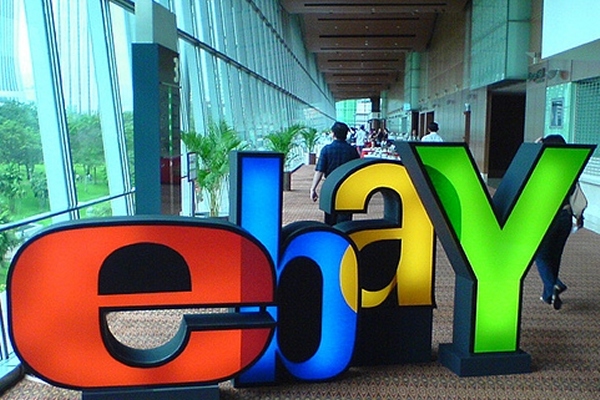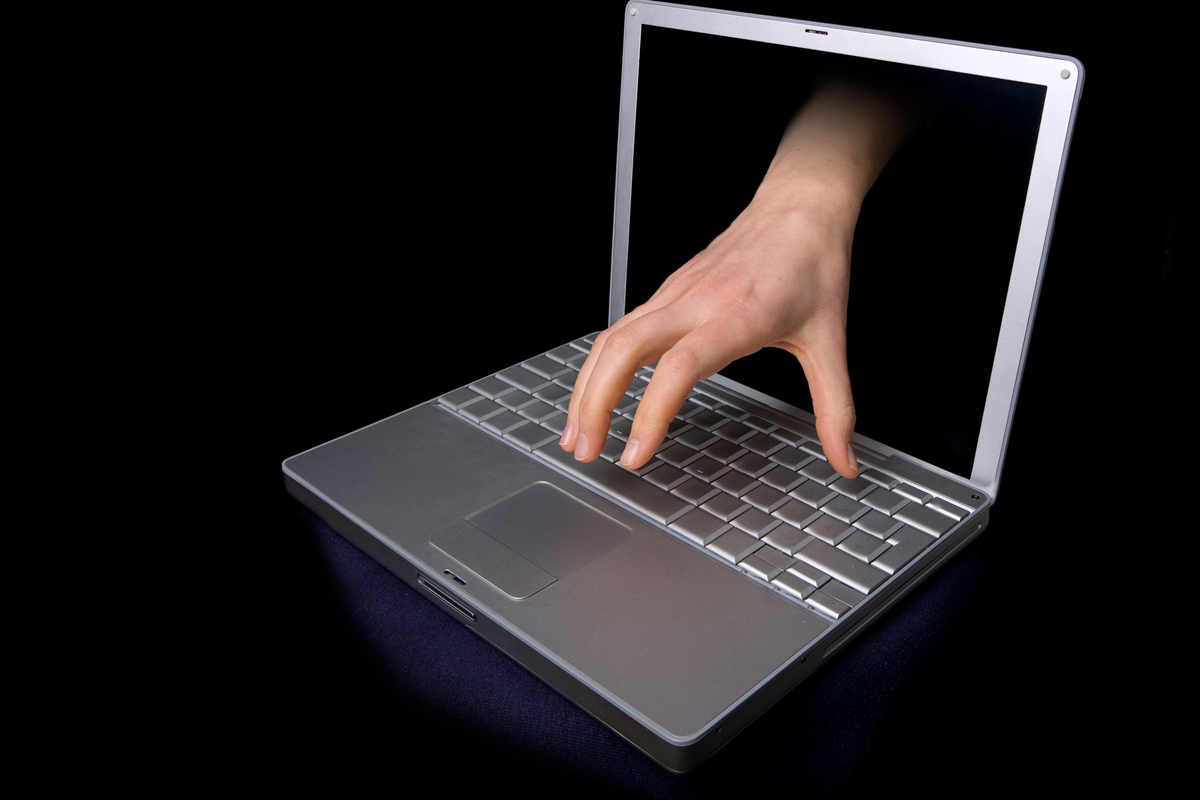PDF and Flash files under threat from cryptic code
Disguised or hard to understand code is become more of a threat to Web 2.0 websites as criminals taking advantage of JavaScript.

PDF and Flash files are under attack by criminals using code obfuscation' and the latest Web 2.0 techniques, according to a report by Finjan.
The new report claimed that malicious obfuscated code' - meaning source code or intermediate code which is very hard to read or understand - has now evolved into a serious threat.
It looked at examples where obfuscated code had not only been embedded in HTML web pages on legitimate websites, but also in rich-content files thanks to the use of JavaScript.
"Since JavaScript is the most-used scripting language for communication with web browsers, third-party applications such as Flash players, PDF readers and other multimedia applications have added support for JavaScript as part of their application," said Yuval Ben-Itzhak, chief technology officer of Finjan.
Ben-Itzhak said this offered crimeware authors ways to inject malicious code into rich-content files used by ads and user-generated content for Web 2.0 websites.
Obfuscated code has been around a while; it has been reportedly been used since 2005 as a weapon for propagating malicious code. It was able to bypass the traditional signature-based solutions which had been used by security vendors.
Finjan claimed code obfuscation utilities and other encoding methods allowed cybercriminals to plant invisible' malicious code, which infected a user's machine every time they visited the malicious site.
Sign up today and you will receive a free copy of our Future Focus 2025 report - the leading guidance on AI, cybersecurity and other IT challenges as per 700+ senior executives
Last year IT PRO looked at the threat provided by dynamic code obfuscation'.
-
 Trump's AI executive order could leave US in a 'regulatory vacuum'
Trump's AI executive order could leave US in a 'regulatory vacuum'News Citing a "patchwork of 50 different regulatory regimes" and "ideological bias", President Trump wants rules to be set at a federal level
-
 TPUs: Google's home advantage
TPUs: Google's home advantageITPro Podcast How does TPU v7 stack up against Nvidia's latest chips – and can Google scale AI using only its own supply?
-
 Adobe releases third unscheduled Flash security update
Adobe releases third unscheduled Flash security updateNews Software giant forced to act following discovery of flaw affecting video sharing site Dailymotion
-
 100 fake eBay listings put users' privacy at risk
100 fake eBay listings put users' privacy at riskNews Innocent users' accounts being used to post malicious listings
-
 eBay UK users warned of cross-site scripting attacks in listings
eBay UK users warned of cross-site scripting attacks in listingsNews Online auction site falls victim to hackers who've tampered with listings to steal users' login details
-
 FBI allegedly used browser vulnerability to target child abuse ring
FBI allegedly used browser vulnerability to target child abuse ringNews American intelligence agency operation reportedly leads to Irish extradition.
-
 Hitachi unveils ‘industry first’ 25nm SSD
Hitachi unveils ‘industry first’ 25nm SSDNews The storage giant brings single-level cell NAND flash to enterprise storage.
-
 Adobe focuses on cross-platform app development
Adobe focuses on cross-platform app developmentNews Adobe appeals to developers with cross-platform app tools.
-
 Adobe tops security risk list
Adobe tops security risk listNews Acrobat Reader leads the pack as the most risky PC vulnerability.
-
 Web firm accused of spying on children
Web firm accused of spying on childrenNews Class action claims widget tracks users' online habits through Flash cookies.